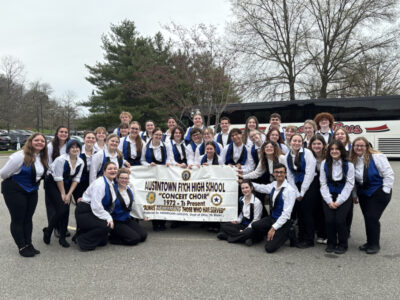NTSB preliminary report on derailment clears Norfolk-Southern
LISBON — The National Transportation Safety Board will hold a rare investigative field hearing in East Palestine this spring to talk with witnesses, discuss possible solutions and inform the public regarding the Feb. 3 train derailment, NTSB Chair Jennifer Homendy announced Thursday.
Homendy and Robert J. Hall, director of the NTSB’s Office of Railroad, Pipeline and Hazardous Materials, presented an overview of the investigation so far and fielded questions during a press conference held in Washington, D.C. and posted on the NTSB Facebook page.
No date was announced for the hearing.
The press conference came just a few hours after the NTSB released its preliminary investigative report that detailed the facts of the investigation so far. The report did not include the probable cause of the derailment.
Homendy started her remarks by addressing the people of East Palestine.
“I am so sorry for the traumatic event you are going through. It’s devastating,” she said, adding that “this was 100 percent preventable. Every single event that we investigate is preventable.
“Know that the NTSB has one goal and that is safety and ensuring that this never happens again,” she said.
In explaining the four-page preliminary report, which refers to the train as Train 32N, she said they have determined that car 23, a hopper car carrying plastic pellets, was the car that triggered the derailment and that “it was the combination of the hot axle and the plastic pellets that started the initial fire.”
According to the report, “Train 32N was operating with a dynamic brake application as the train passed a wayside defect detector on the east side of East Palestine, Ohio, at milepost (MP) 49.81. The wayside defect detector, or hot bearing detector (HBD), transmitted a critical audible alarm message instructing the crew to slow and stop the train to inspect a hot axle. The train engineer increased the dynamic brake application to further slow and stop the train. During this deceleration, an automatic emergency brake application initiated, and train 32N came to a stop.”
The report goes into detail about temperatures of the wheel bearings measured by the wayside defect detectors along the way, with at least three detectors passed before the derailment. The first at milepost 79.9 showed a temperature of 38 degrees Fahrenheit above the ambient temperature outside which was 10 degrees Fahrenheit at the time. At the next milepost 69.01, the temperature was 103 degrees Fahrenheit above ambient. At milepost 49.81, the suspect bearing’s temperature was 253 degrees Fahrenheit above ambient.
Homendy said the rail company sets the threshold for action regarding temperatures recorded by wayside detectors. In this case, the Norfolk Southern threshold for stopping and inspecting a car is 115 degrees. When the crew received the critical alarm for the 253-degree temperature, they started to slow and stop the train.
She said no operational issue has been found with the wayside defect detectors, but they’re still looking at them. There was also no evidence of track defect.
“We have no evidence that the crew did anything wrong. During deceleration, the wheel bearing failed and car 23 derailed,” she said.
In talking about the controlled burn of rail cars containing vinyl chloride, Homendy stressed the NTSB had no part in that decision, but will evaluate whether the vent and burn followed established guidelines. The temperature in one of the five cars carrying vinyl chloride had started increasing to the point where explosion could occur.
The NTSB said it will look at how to protect important placards that help first responders know what’s inside a hazardous chemical car. At least 20 hazmat cars were part of the train carrying lubricants, cooking oil, flammable gas and the vinyl chloride, with 17 cars fully loaded. All the cars had placards, but the plastic placards melted in the fire.
Homendy said the focus of the investigation will be the wheel set and the bearings. Roller bearings have a life of 100,000 miles to 300,000 miles and many things can cause them to overheat, such as fatigue cracking, water damage, mechanical damage, loose bearings or wheel defects. The NTSB will look at that and at tank car design and derailment damage, accident response, railcar design and maintenance procedures and practices, Norfolk Southern’s use of wayside defect detectors, and railcar inspection practices.
“You cannot wait until they fail,” she said regarding the roller bearings.
Homendy said they’re still in the factfinding phase. She said the final report may take 12 to 18 months to complete and there’s a reason it takes so long — because the NTSB is very methodical in its investigation and that takes time. But that doesn’t mean they won’t issue a safety recommendation if they see a safety issue that needs addressed immediately.
During questioning about the political officials who have come to the small village to see the site, including former President Donald Trump, Homendy said “enough with the politics.There is a community that’s suffering. This is about addressing their needs, their concerns.”
Homendy also noted that sometimes NTSB recommendations are not implemented and admitted that’s frustrating.
A copy of the report can be seen on the NTSB media Twitter page. The press conference can be viewed on YouTube.
mgreier@mojonews.com



